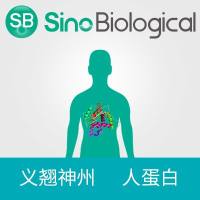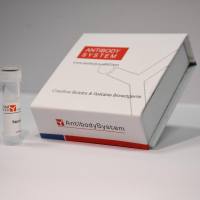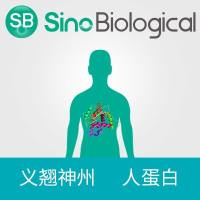In Vivo Animal Models of Teratogenicity
互联网
581
Before the advent of the thalidomide tragedy, it had often been assumed that the maternal biosystems of hepatic detoxification and metabolism, together with the placental barrier, acted as a shield and were a natural protection for the embryo from any maternal exposure to drugs. As subsequent findings of congenital malformations in humans exposed to various agents became apparent, e.g., Rubella (Gregg, 1941), nitrogen mustard (Haskin, 1948), androgenic hormones (Wilkins and Baltimore, 1960), the folic acid antagonist, aminopterin (Thiersch and Philips, 1950; Warkany et al., 1960), and methylmercury (Tackeuchi et al., 1959; Eto and Takeuchi, 1978; Takeuchi et al., 1996), so did the realization of the susceptibility of the developing embryo.







